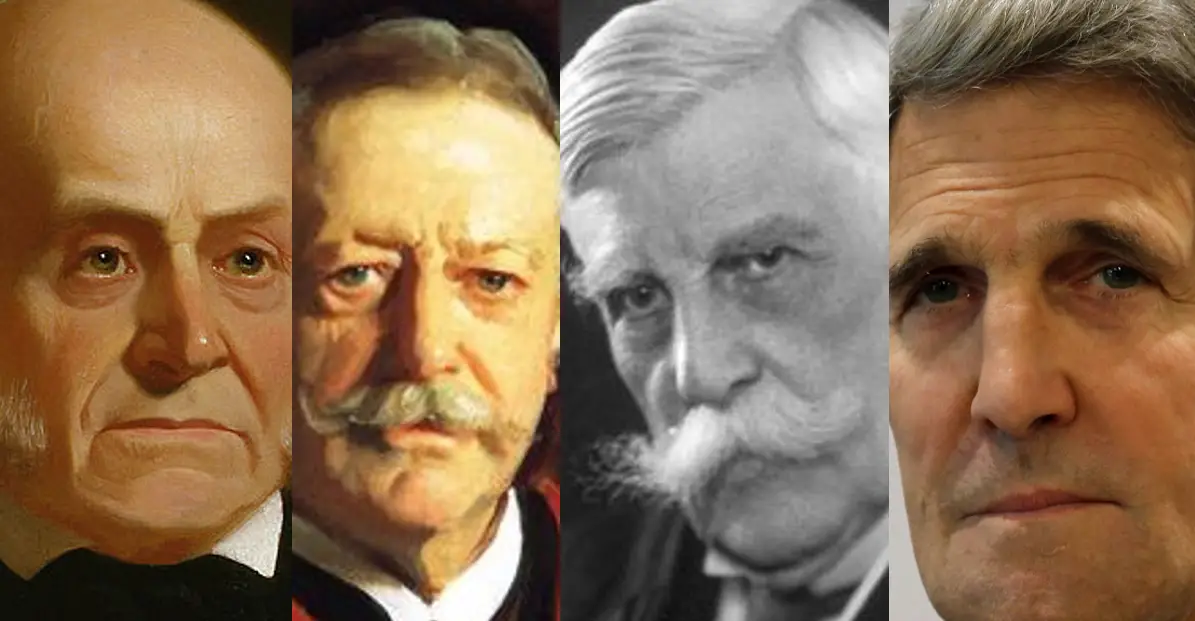The Boston Brahmins were a group of elite families who dominated the social, cultural, and economic landscape of Boston, Massachusetts, from the 17th to the 20th centuries. These influential individuals, known for their wealth, education, and refinement, played a significant role in shaping the city’s history and identity. This article will explore the lives and achievements of some of the most famous Boston Brahmin figures, their contributions to Boston’s development, and the lasting impact of their legacy.

Early Boston Brahmins
One of the earliest and most prominent Boston Brahmin families was the Lowell family. John Lowell, a wealthy merchant and jurist, was a leading figure in the Massachusetts Bay Colony and served as a justice of the peace and a member of the governor’s council. His son, John Lowell Jr., was a federal judge and a strong advocate for American independence. The Lowell family’s commitment to public service, education, and the arts set a precedent for future generations of Boston Brahmins.
The Age of Abolitionism
During the 19th century, Boston Brahmins were at the forefront of the abolitionist movement. William Lloyd Garrison, a prominent journalist and social reformer, was a leading voice against slavery and a key figure in the Boston Anti-Slavery Society. His newspaper, The Liberator, was a powerful platform for advocating for the end of slavery and equal rights for African Americans. Other notable Boston Brahmins, such as Charles Sumner and George Luther Stearns, also played important roles in the fight against slavery and for social justice.
Literary and Cultural Contributions
Boston Brahmins were known for their love of literature, art, and music. Ralph Waldo Emerson, a renowned essayist, poet, and philosopher, was a leading figure in the Transcendentalist movement, which emphasized the importance of individualism and spirituality. Other notable literary figures, such as Nathaniel Hawthorne and Henry James, were also part of the Boston Brahmin circle. The Boston Symphony Orchestra, founded in 1881, was another cultural institution that reflected the city’s refined tastes and commitment to the arts.
Philanthropy and Education
Many Boston Brahmins were dedicated philanthropists, using their wealth to support education, healthcare, and social welfare initiatives. The Lowell Institute, founded by John Lowell Jr. in 1839, provided free public lectures on a variety of subjects, including science, literature, and history. The Boston Public Library, established in 1854, was another institution that reflected the city’s commitment to education and intellectual pursuits. The Brahmins also played a significant role in the development of Harvard University, with many family members serving as trustees, professors, and benefactors.
The Decline of the Boston Brahmins
By the mid-20th century, the Boston Brahmins’ influence had begun to wane. The family fortunes that had supported their lavish lifestyles for generations were dwindling, and the social and cultural landscape of Boston was changing. The rise of new immigrant groups and the growth of the middle class led to a more diverse and democratic city, one that was no longer dominated by a small elite. However, the legacy of the Boston Brahmins continues to be felt, from the cultural institutions they founded to the values of education, philanthropy, and public service that they embodied.
Frequently Asked Questions
- Who were the Boston Brahmins?
The Boston Brahmins were a group of elite families who dominated the social, cultural, and economic landscape of Boston, Massachusetts, from the 17th to the 20th centuries. - What were some of the key characteristics of the Boston Brahmins?
The Boston Brahmins were known for their wealth, education, and refinement, as well as their commitment to public service, philanthropy, and the arts. - What was the role of the Boston Brahmins in the abolitionist movement?
Many Boston Brahmins, such as William Lloyd Garrison and Charles Sumner, were leading figures in the abolitionist movement, advocating for the end of slavery and equal rights for African Americans. - How did the Boston Brahmins contribute to the cultural and literary scene in Boston?
The Boston Brahmins were patrons of the arts, supporting institutions such as the Boston Symphony Orchestra and the Boston Public Library. They also included notable literary figures, such as Ralph Waldo Emerson and Nathaniel Hawthorne. - What is the legacy of the Boston Brahmins today?
The legacy of the Boston Brahmins can be seen in the cultural institutions they founded, the values of education and philanthropy that they embodied, and the continued influence of their families in Boston’s social and economic landscape.
Conclusion
The Boston Brahmins were a unique and influential group of individuals who shaped the history and identity of Boston, Massachusetts. Their commitment to education, philanthropy, and public service, as well as their love of literature, art, and music, left a lasting impact on the city. While their influence may have declined in recent decades, the legacy of the Boston Brahmins continues to be felt, inspiring new generations of leaders, artists, and intellectuals. As we reflect on the lives and achievements of these famous Boston Brahmin figures, we are reminded of the enduring power of education, culture, and community to shape the world around us.
Closure
Thus, we hope this article has provided valuable insights into The Enduring Legacy of the Boston Brahmins: Famous Figures and Their Impact. We appreciate your attention to our article. See you in our next article!




